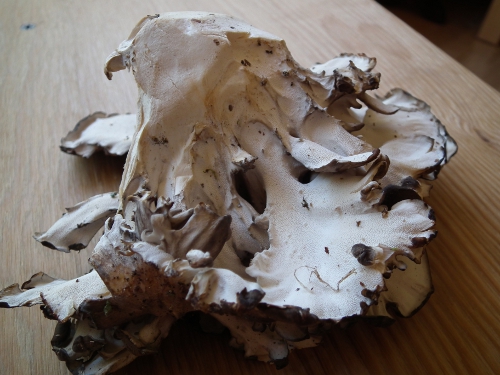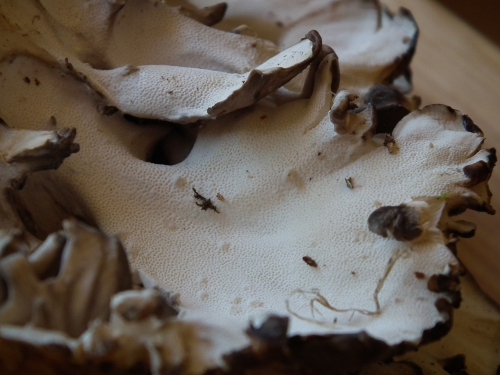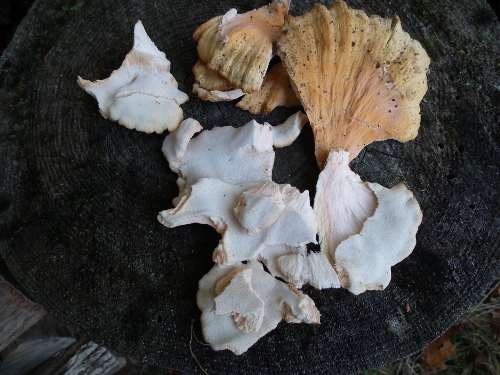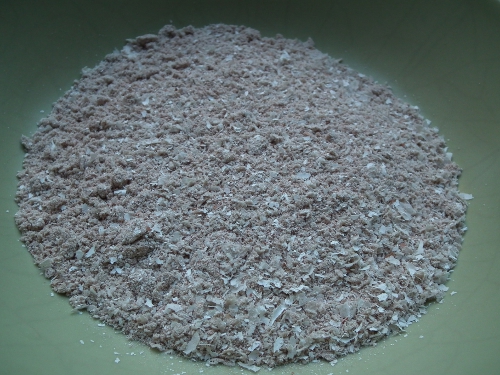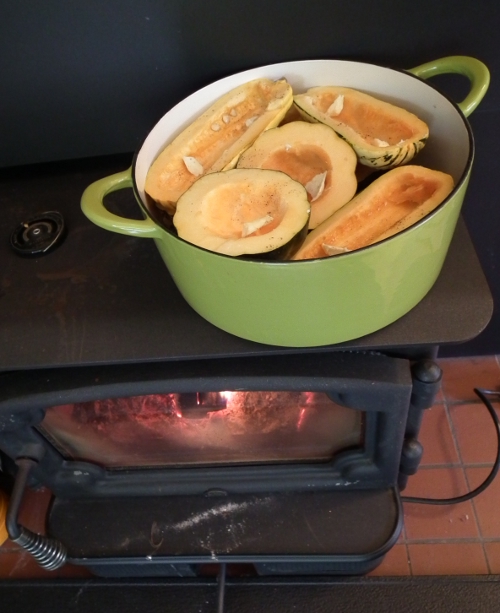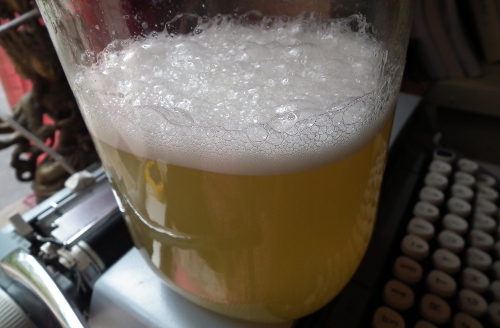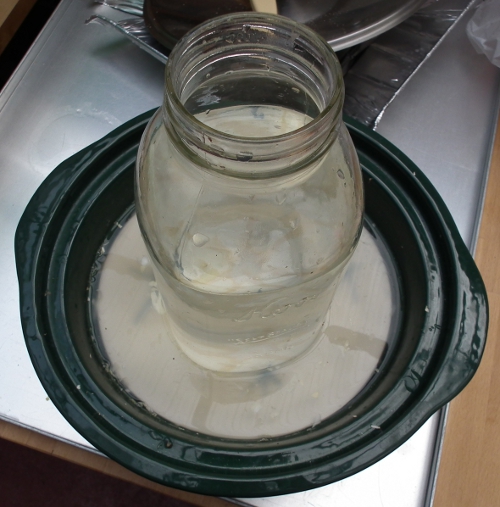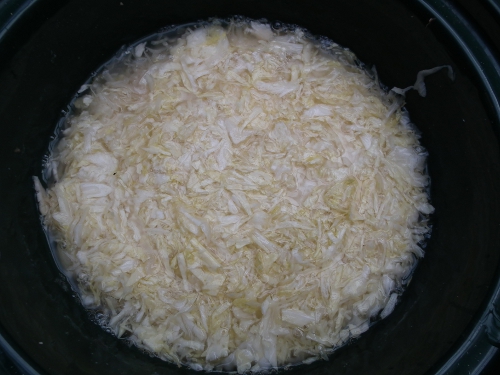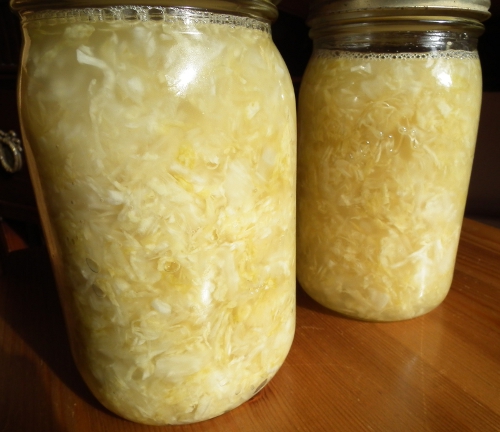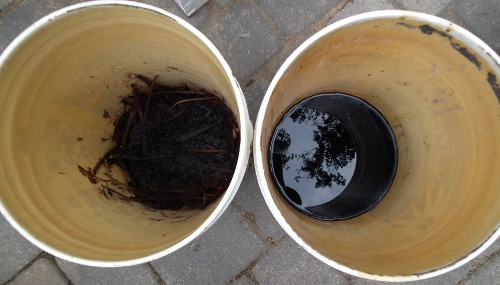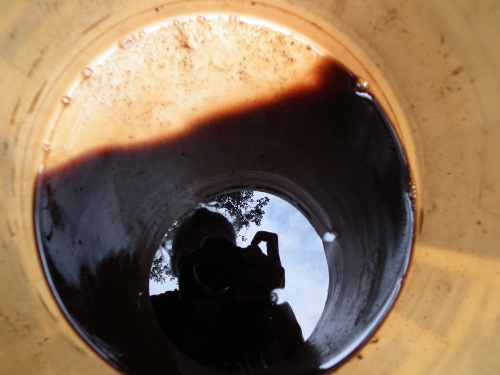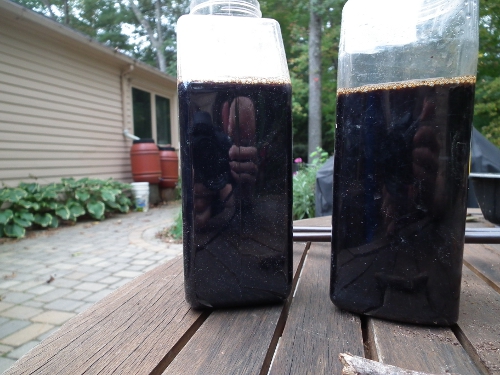(I’m thinking of this third post today as a Transitiony kind of post…)
When I show people around the place, I finally (after five years) feel like it’s all coming together, and that’s because I have started thinking in terms of elements.
Breaking the enormous task of creating a “sustainable place”  up into elements allows me to do several things:
- to accept that it will only happen one element at a time,
- thus to take a more realistic longer-term view,
- and while digging the compost I can now enjoy digging the compost, while not also, at the same time, in my head, Â digging the pond, pulling the weeds, cleaning out the coop, identify the mushrooms, building the earth oven…
- and I can take pride in the accomplishments, in what has already been done,
- thus also feeling confidence that we will succeed in making it even better.
Yes, this is all about feeling good! I’ve realized that, for me, only good feelings will (1) allow me and (2) even get me to act.  I am finally taking seriously the title of my blog: Wendell Berry’s
 Be joyful though you have considered all the facts
I’m not saying we shouldn’t keep track of the big picture, the reasons behind our actions, etc. I’m saying that too much talk (or thought), too much worry makes for a very frustrated activist.
Case in point: DH and friends were sitting around the patio table discussing ngo’s and having to make a living and what the world really, truly needs. They had snacks and drinks, and the umbrella was shading them from the Summer sun. Meanwhile, some 30 feet away, I was building a chicken run entirely out of materials scavenged from the property. My run took as long to build as their conversation took to resolve into agreeing-to-disagree. As all of us wrapped up, one of them quipped
“While we were discussing saving the world, you were saving the world”
However much it was a joke, it was revealing. Saving the world? I should never think if that as my job. Or yours, or any one’s. Putting systems, elements in place that may just contribute to a better world? Yes. That I can do, joyfully, efficiently, proudly.


